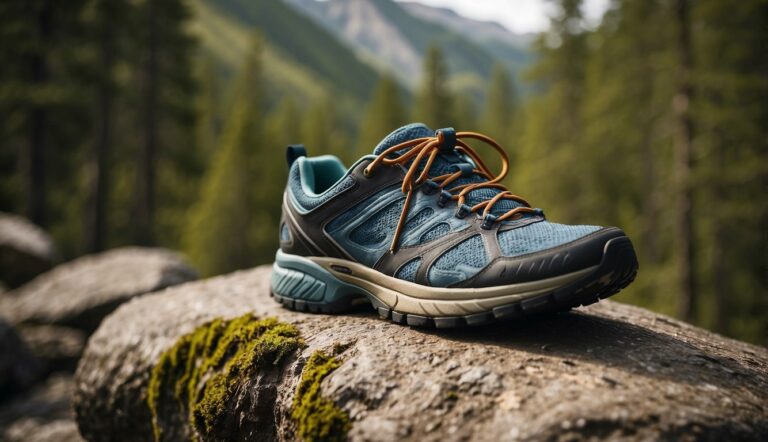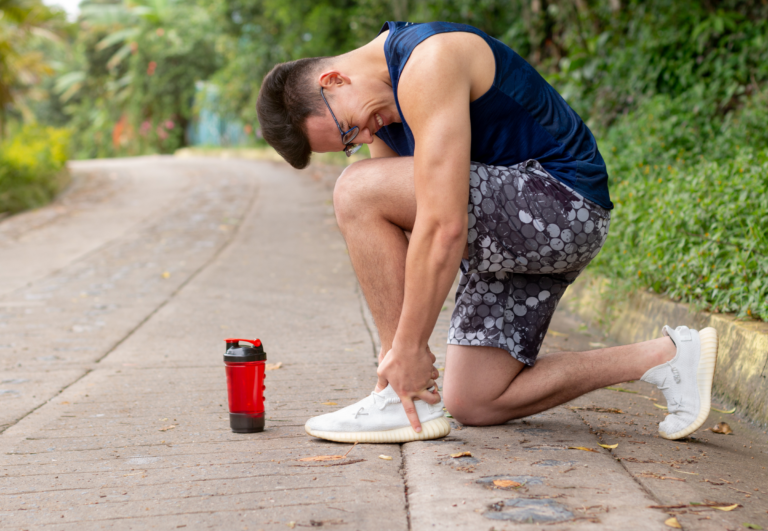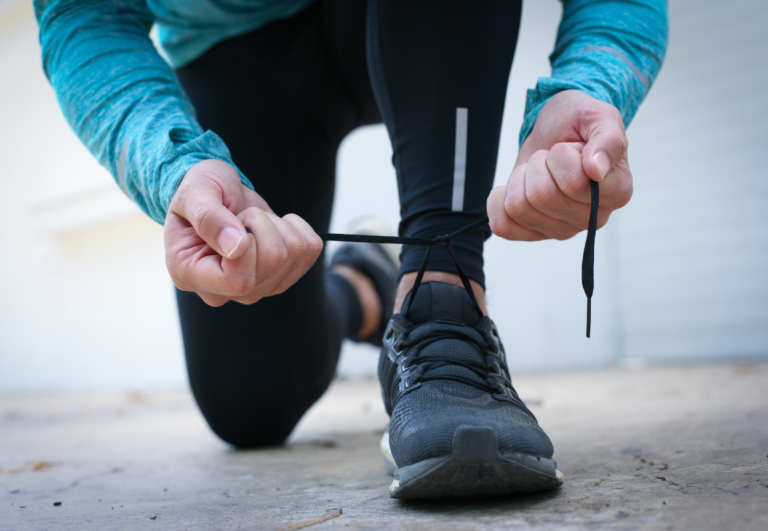Why Do Runners Wear Short Shorts?
Unless the weather is genuinely terrible, you’re likely to see runners out in almost scandalously short shorts. Is there a particular reason?
Most runners wear short shorts because they increase mobility, decrease friction, and prevent overheating and excessive sweating. They can also improve your comfort, which can improve your overall running performance. However, not all runners prefer shorter shorts, and, in some instances, it may even be an unexpected hindrance.
Continue reading to understand how running shorts vary under different circumstances and which lengths you may need to add to your running gear wardrobe.
Why are short shorts better for running?
There are many types of shorts and pants (and pretty much every length in between!) available for your workout, but most runners choose short shorts. Are they actually better for running?
Short shorts are better for running because they do not inhibit or restrict your mobility when you run. This is a vital part of running, as you want to have the maximum free movement to increase your speed and decrease your overall times. This is especially important if you are participating in any competitive running.

Additionally, short shorts have less fabric. This reduces the amount of friction and heat your body produces, making runs more comfortable. You may notice that your body produces less sweat, therefore decreasing the amount of energy burned per minute when you run.
Do running shorts make a difference?
Running shorts can make a huge difference depending on weather conditions, running environments, and running styles. Deciding which length and style of shorts work ideally for you requires some planning.
Running in the summer months can be strenuous, especially if you live in a warmer climate. This is where a pair of short shorts may excel over longer shorts. The heat your body produces combined with the sun beating down on you may increase your chances of dehydration. Short shorts can help reduce any adverse effects from heat buildup, which is especially important for long-distance running.

Longer shorts may be preferred in the cooler months of fall and spring. They help insulate enough heat to prevent you from getting too cold. This is a good intermediary when it’s not cold enough for pants, but also not warm enough for short shorts.
Trail runners can benefit from either short shorts or longer shorts, depending on the overall terrain. If the terrain is more mountainous with very little shrubbery, short shorts can be an ideal choice to help increase your flexibility and mobility. When running through rockier terrain, increased mobility and flexibility may be necessary to easily maneuver through the trail while reducing the chances of injury.
Alternatively, running through a trail with more trees may require you to wear longer shorts to help prevent any debris, such as sticks, vines, and bushes, from causing injury. Longer shorts add a protective layer that short shorts often lack when running through trails such as these.
Do you wear undies with running shorts?
Wearing underwear is a personal choice for each runner. However, it is recommended for most runners to wear underwear, especially when wearing shorter running shorts.
A pair of underwear protects you in multiple ways during your runs. When you run, your body produces more heat in areas that are constantly covered, including your privates. Underwear helps absorb sweat caused by the increased heat in this area, preventing it from dripping down your leg. Excessive sweat is known to impede running times and increase the chances of dehydration.
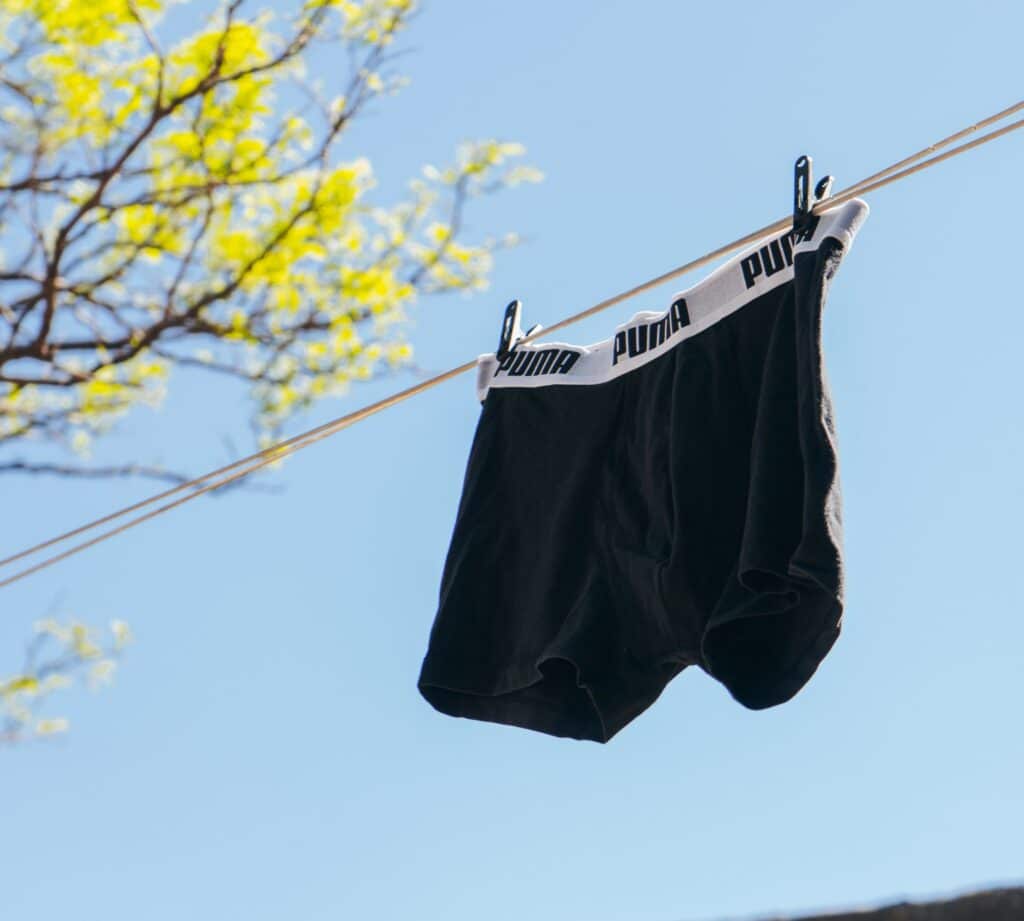
Underwear also provides an extra layer of protection for your genitals. Women may find this reduces the chances of any yeast or bacterial infection from occurring, while men experience fewer issues or injuries since everything is kept compacted together.
Runners who wear underwear also have fewer issues with chafing. Chafing mostly occurs when the upper thighs rub against each other, causing an excessive amount of friction.
Chafing causes rashes and welts to appear which causes extreme pain and discomfort. The pain can persist for days or weeks and limits the amount of running you can do until it heals. Wearing underwear adds a protective layer that significantly reduces the chances of chafing.
Running shorts length explained
Picking up running shorts may seem like a simple prospect until you’re surrounded by racks of workout clothes trying to figure out which one is right for you.
The most popular lengths for running shorts are:
- Short (2-inch shorts)
- Medium (5-inch shorts)
- Long (7-inch shorts)
Having a pair of each of these in your arsenal can prepare you for any conditions you may face during longer runs.
2-inch running shorts

Shorts in the “short” category are favored heavily by competitive runners since they are the least restrictive.
Two-inch shorts fall right below your crotch, removing any excessive and unnecessary fabric from the equation.
Choose these shorts if you want to reduce the amount of heat and sweat produced while running.
5-inch running shorts

Medium-length (typically 5-inch) running shorts are the standard shorts chosen by most recreational runners.
Falling 4-6 inches above the knee, these shorts are made as an all-in-one solution for running, working out, playing sports, and other physical activities. If you’re on a budget or don’t want to overspend on shorts, these shorts are ideal given their versatility.
The benefits of 5” shorts include reducing chafing, providing enough protection against most debris, and increasing run times using muscle compression technology.
7-inch running shorts

Falling about 2-4 inches above your knee, longer running shorts are best for runners who prefer trails or changing terrain such as triathlons.
Seven-inch shorts provide the most protection against the elements without restricting your movement too much.
They can also be used for working out or playing sports which makes them a versatile option for your closet.
What is the ideal length for running shorts?
With so many lengths to choose from, what’s the best choice for running?
Typically, competitive runners prefer 2-inch shorts, recreational runners prefer 5-inch shorts and trail runners prefer maximum coverage with 7-inch shorts. However, the ideal length for your running shorts all comes down to personal preference, as comfort trumps everything else when it comes to running.
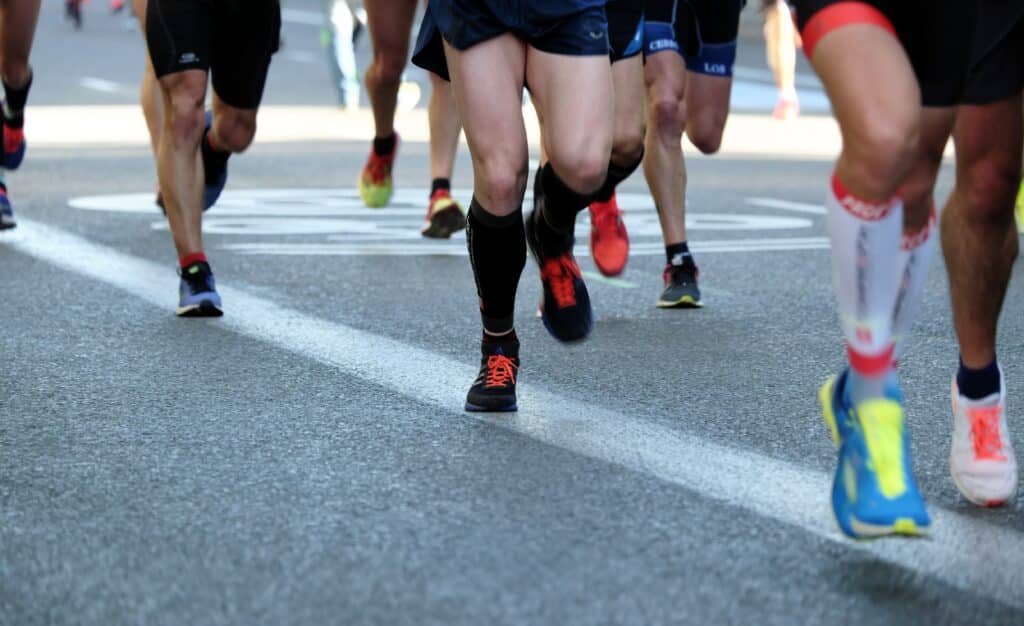
Try each length to see what feels right when you run. If you’re not accustomed to wearing short shorts, you may not find the 2-inch shorts to be a suitable option initially.
This is not uncommon and can take an adjustment period. Walking around your house in different-length shorts will help you get more acclimated to the overall fit.
How do manufacturers measure running short length?
Manufacturers use an inseam length to measure running short lengths.
The inseam length measures from the base of the crotch to the end of the inner thigh area.
If you need to measure your inseam because the manufacturer doesn’t list it, it’s an easy task to do with a tape measure or ruler.
How short is too short for you?
Runners tend to choose shorts that are as, well, short as they feel comfortable in for all the reasons discussed above, including that it’s simply easier to run with less fabric restricting your movements. But how do you know how short is too short?
Your running shorts might be too short if:
- you are uncomfortable while running
- you don’t like how much leg is showing
- your genitals are exposed
These factors will contribute to your overall comfort when running, but keep in mind that even Olympic runners wear a wide range of running shorts, from nearly knee length to basically underwear. It’s all about what you’re comfortable in.
You are uncomfortable while running
The most important factor in choosing running shorts is performance. This includes fit, fabric, and, of course, length.
Short shorts do not restrict movement like longer shorts may, but they are prone to riding up a bit during your stride. The shorter the short, the less likely this fabric is going to be a problem for you, but if that feeling bothers you during your run, your shorts might not be the right length.
Try experimenting with longer (and shorter!) shorts to find the right one for you. You may also want to consider a lighter-weight material.
You don’t like how much leg is showing
Runners who have been practicing their sport for years have likely become unconcerned with how much leg is on display – or even proud of it! They’ve worked hard for those toned thighs after all. But what if you’re not feeling great about how much leg those around you can see?
If you’re feeling physically uncomfortable, your run will suffer; the same is true for mental discomfort. If you’re self-conscious about running in short shorts, you may want to try a longer short.
You can always go back to the very short option later on!
Your genitals are exposed
No matter how proud you are of your legs, there’s no good – or legal – reason to be flaunting the goods in public.
You can tell your shorts are too short if the world can see what your mama gave you. In that case, you should opt for something slightly longer.
Alternatively, you could go full Speedo or bikini bottom for support, freedom, and coverage.
Is it better to run in shorts or tights?
Tights are obviously great for running in cold weather, but what about in the heat? Is it better to run in shorts or tights if you’re not worried about freezing during your warm-up?
Tights, especially compression tights, can be helpful when running in temperate weather because they:
- are comfortable – If you’re worried about the length of your shorts, well-fitting tights provide all the comfort of short shorts without having to worry about the fabric moving about.
- reduce friction – Because running tights fit so close to the body, there’s very little wind resistance or friction to contend with.
- keep you warm – Even if the weather is nice, you’re likely to be chilly after an intense run because your body hasn’t caught up and is still trying to cool you off by sweating. Sweat-wicking tights can help mitigate this issue.
Once the weather gets very hot, you should probably discontinue running in tights, however. No matter how cooling the clothing is, anything that covers your body is likely to make you feel uncomfortably warm.
Which types of shorts are best for running?
In addition to length, there are also several styles of running shorts to choose from.
When searching for the best running shorts, there are four common options:
- 2-in-1 lined shorts
- Split shorts
- Compression shorts
- V-notch shorts
Each design is made to assist runners under different conditions, but they are also largely dependent on your personal preferences. It’s best to have a pair of each to get accustomed to how they feel, so you know which are most comfortable and give you the most breathable fabric.
2-in-1 lined shorts
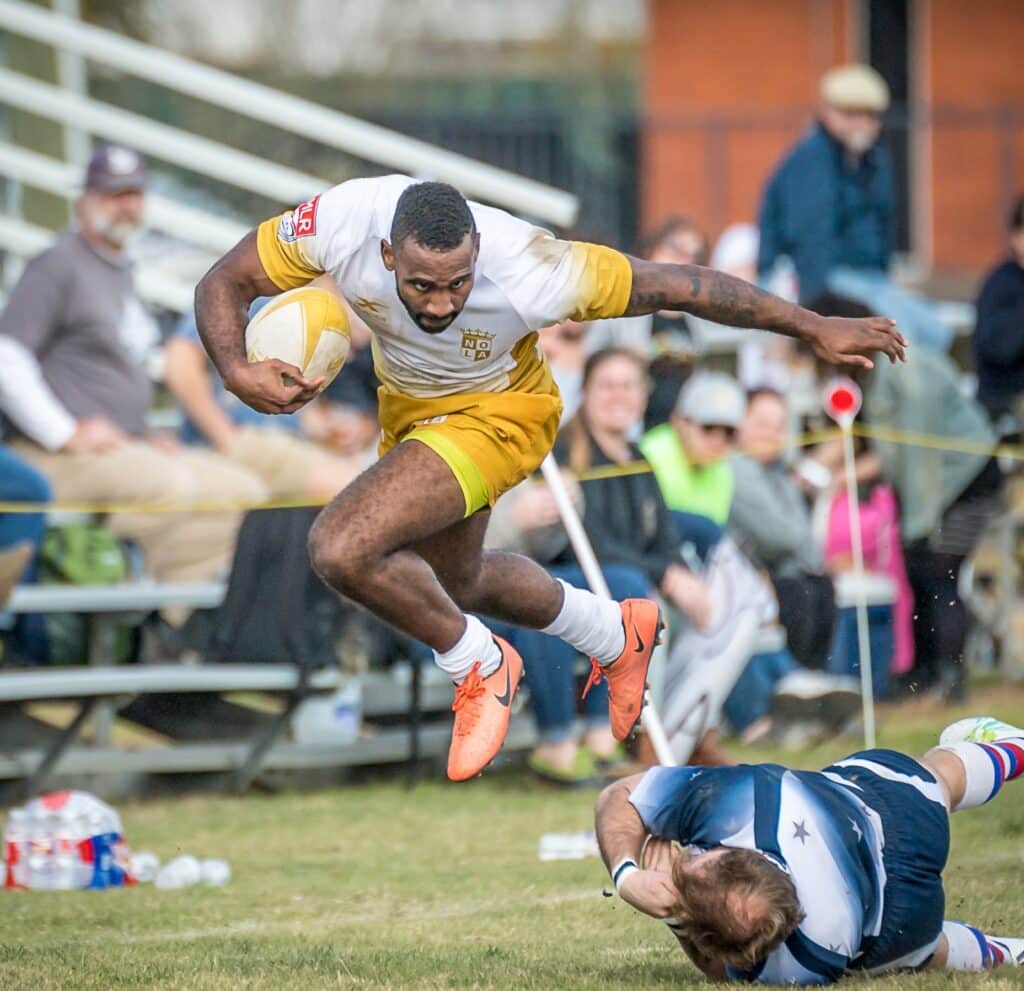
2-in-1 lined shorts feature two different short styles in a single pair. The outer part of the shorts is a loose material while the inside consists of a net or compression lining.
These shorts provide the benefits of compression shorts, but also provide the modesty of a traditional pair of shorts.
This is ideal for runners who lack the confidence to run in compression shorts but still want to prevent chafing and help regulate body temperature during cooler days.
Compression shorts
Compression shorts feature a form-fitting, stretchy fabric that provides gentle pressure to your muscles and underlying tissue.
While running, compression shorts help accelerate your blood flow from your lower torso to your heart. Your blood gets reoxygenated once it reaches your heart, which adds a significant amount of nutrients that your muscles require during your runs.
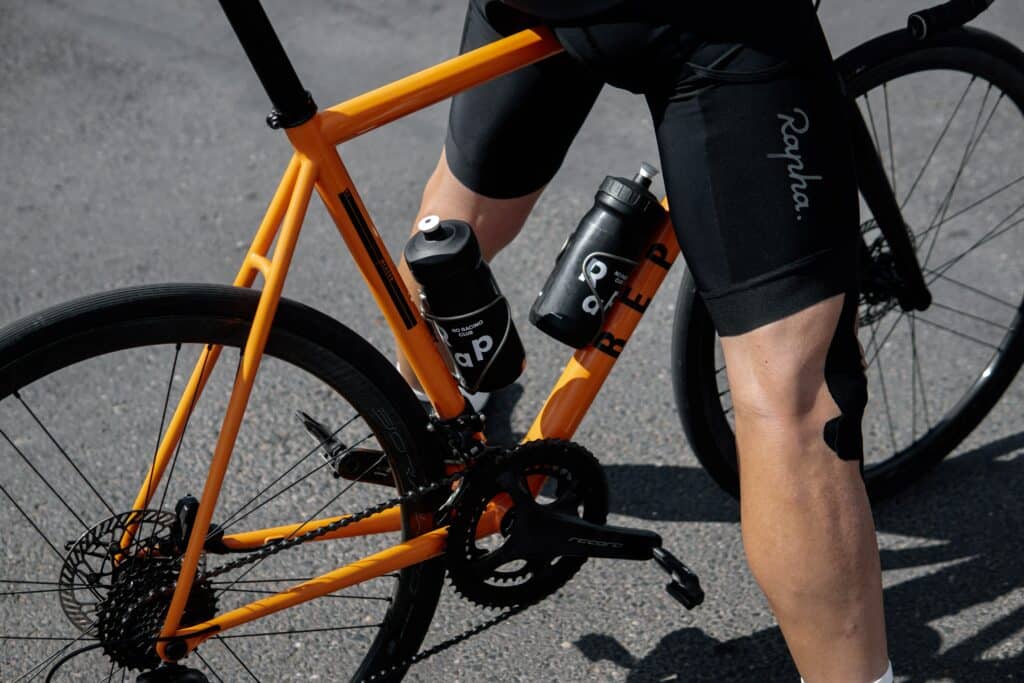
Compression shorts also prevent drag, which helps increase performance, especially during competitive or long-distance running. Furthermore, elasticity from compression shorts helps support your joints and assist your hamstrings with controlling the leg during the swing phase when sprinting. This increases your speed and reduces your overall impact force.
Lastly, compression shorts assist with regulating body temperature by helping to wick sweat away from the skin into the garment, where it evaporates more quickly. This helps to reduce your overall body temperature and gives your body more energy to use while running.
Split shorts
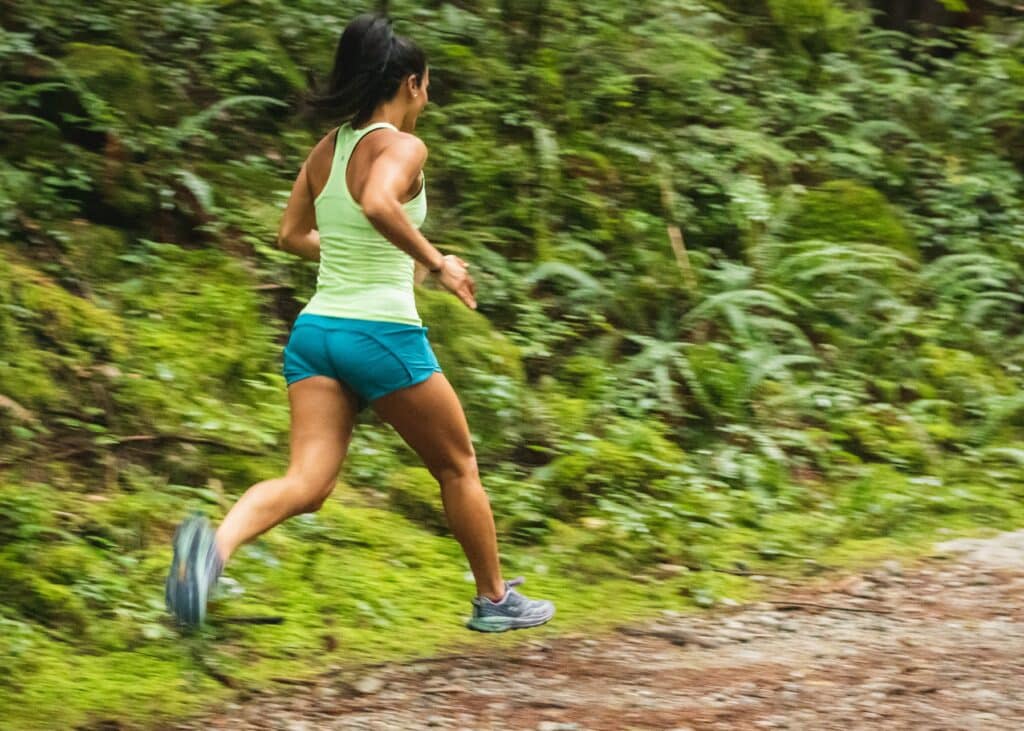
Split shorts have a front panel that overlaps a back panel, which helps to create a performance-based pair of running shorts. There is also a v-cutout on the bottom portion of the shorts, which helps to increase the range of motion and breathability.
These shorts offer the most range of motion when running and cause significantly less friction. This benefits you by increasing performance and reducing the chances of chafing.
Runners who compete in competitive races such as short-distance track races, triathlons, marathons, or cross country often choose split shorts.
V-notch shorts

V-notch shorts are like split shorts but significantly less complex. Instead of having two panels overlapping, they are designed like your typical shorts. However, they have the same v-cutout, which offers more breathability and increases your overall range of motion compared to regular shorts.
V-notch shorts are the most popular type of running shorts and are great for recreational runners who need the added flexibility in their range of motion.
Do short shorts increase your performance?
If you’re looking to increase your running performance, short shorts may be the ideal selection for you.
If you’re not accustomed to wearing them, start with longer shorts and work your way to pairs with shorter inseams.
You will gradually find them to be more comfortable, while slowly increasing your performance times as you adjust.

